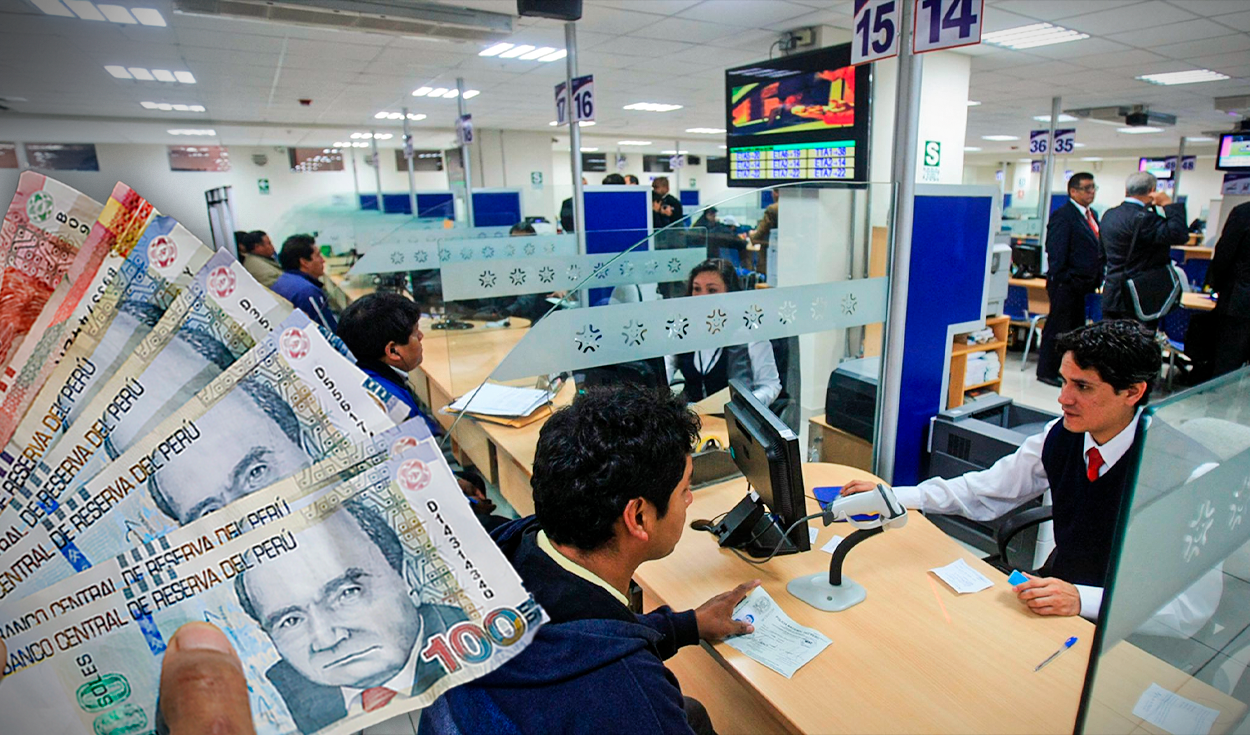
On June 30, state workers’ unions and representatives of Dina Boluarte’s government signed a collective agreement to improve salaries in the public sector starting next year. After several days of negotiations, the fiscal space was raised to S/825 million.
As La República reported, the Ministry of Economy and Finance (MEF) initially proposed a fiscal space of S/188 million. This threshold was questioned on various fronts, since it was only going to give, on average, S/23.5 per month for 1 million 64,015 workers.
However, according to the document to which La República had access, the increase from January 2025 will be S/100 for all regimes: 276, 728 (those of the private scheme in the State), civil service and workers of special penitentiary and diplomatic careers, as well as the CAS.
“This collective bargaining is a great step forward in the face of a social debt that all governments have been accumulating towards state workers,” Winston Huamán, general secretary of the Intersectoral Confederation of State Workers of Peru – CITE, told this newspaper.
Improvements for workers in regime 276
The agreement also created a single bonus of S/200, to be delivered in January 2025 for all regimes; however, in the case of workers of 276, a salary order was achieved to implement more remunerative characteristics – a situation that kept some employees of 276 with incomes below the Minimum Vital Remuneration (RMV) -. “It is a “nice” because last year we received one of S/600,” Huamán added.
What does the increase for the 276 consist of? There will be a new threshold in the Single Consolidated Amount (MUC): it will range between S/1,157 and S/1,367, depending on the worker’s occupational group —dispersed between assistants, technicians and professionals—. “None of the workers in the 276 regime will continue to earn less than the minimum wage. The calculation base will be nourished so that workers have access to better labor benefits, such as their pensions when they retire,” added the former Vice Minister of Employment Promotion, Fernando Cuadros Luque.
Cuadros points out that the increase in fiscal space – almost 8 times more than what was proposed by the MEF – does not represent any risk for public finances, since it is managed within the scope of prudence and is close to the amounts collectively agreed upon in the last three years – since this mechanism began to be applied, specifically, during Pedro Francke’s management at the MEF of Pedro Castillo’s government.
Source: Larepublica
Alia is a professional author and journalist, working at 247 news agency. She writes on various topics from economy news to general interest pieces, providing readers with relevant and informative content. With years of experience, she brings a unique perspective and in-depth analysis to her work.












